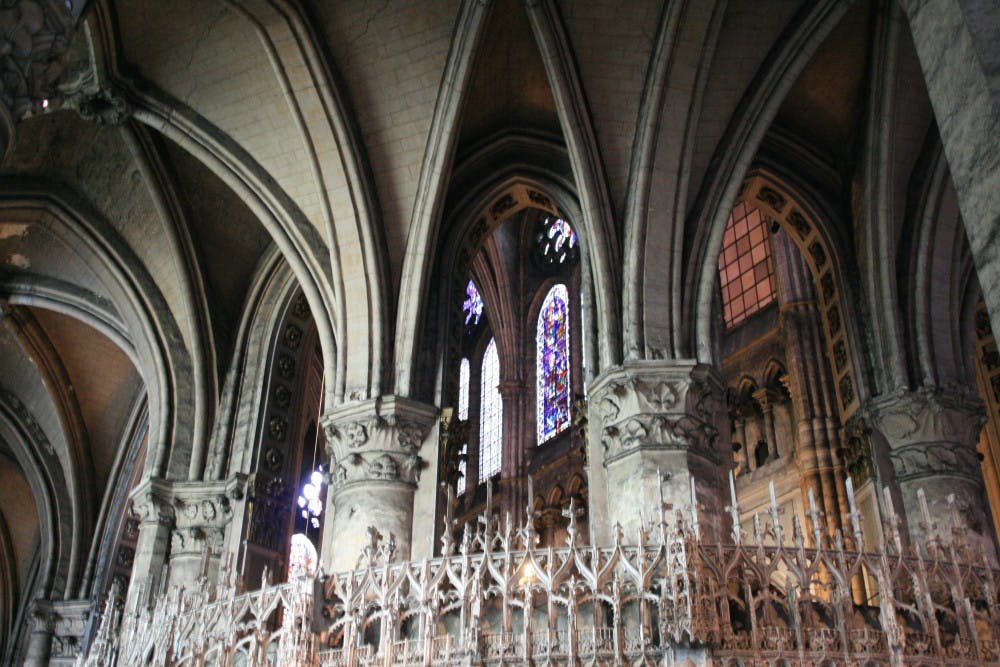The Middle Ages covers a large span of time—from the 5th to the 15th century. In terms of major events, the Middle Ages started roughly after the fall of Rome and ended with the beginning of the Renaissance. The Middle Ages began with a period more commonly known as the Dark Ages. The Dark Ages was marked by the death of the Byzantine Emperor Justinian in 565. This time period was a point in history where civilization was at a low: people didn’t live long, life was exceedingly difficult and religion was the answer.
However, the Dark Ages shouldn’t be the only thing that colors this time. The Middle Ages also saw a flourish in art and, especially, architecture. This can be seen with the rise of three art styles: Byzantine, Romanesque and Gothic. These three styles of art all centered on religion. However, the influence of religion presents itself in different ways for each style. In this blog post, we’ll be focusing on the architecture associated with each of these styles.
Byzantine architecture is best known for its central-dome churches. An example of this is the Hagia Sophia in Constantinople, Turkey. The Hagia Sophia was built by Emperor Justinian. He wanted to build a church that reflected the grandeur of his empire. Under the direction of two mathematicians: Anthemius of Tralles and Isdorus of Miletus, the Hagia Sophia was built. It takes the form of a Roman rectangular basilica with a huge central dome.
Romanesque architecture is best known for its barrel-vaulted churches. An example of this is the St. Sernin Church in Toulouse, France. Romanesque churches follow a distinct layout. The entire floor plan of the churches take the shape of a holy cross symbolizing the body of Christ. The exterior is typically plain except for a few religious sculptural reliefs. Romanesque churches tend to look very severe, dark and solemn.
Gothic architecture is best known for its pointed-arch churches. An example of this is the Chartres Cathedral in Chartres, France. Gothic cathedrals are some of the most impressive architectural feats. These cathedrals soar in height. Their main focus is verticality and reaching the heavens. To achieve these massive heights, architects used flying buttresses to distribute the intense weight. Chartres Cathedral is a prime example of this. It is richly decorated with sculptures on the exterior. It feels lighter and brighter than a Romanesque church. Everything is about the height and the light. Inside many Gothic churches, there are beautiful stained glass windows. Gothic cathedrals were the symbols of the ultimate civic pride for cities in the Middle Ages.
You can reach the blogger at mmtran@asu.edu!











